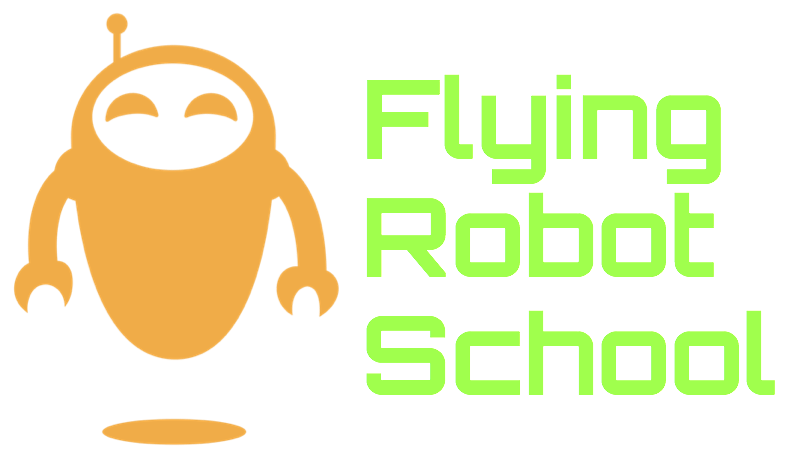Flying Robot School is all about learning while having fun. Our mission is to inspire kids to consider a career in STEM, so we want to give them a taste of what it is like to collaborate with a team and use technology to problem-solve.
Our full day program includes teaching the fundamental scientific concepts related to flight and the way that drones work. We do some hands-on pilot training, and then the highlight of the day is to solve “The Challenge” using the drone and its sensors.
Paula looking on as a group of students solve the challenge
For high school-aged students the challenge involves using photogrammetry to calculate the circumference of a tree - an idea born from discussions with our friends at WithOneSeed who are doing very important and successful reforestation work in Timor Leste.
For junior high and primary school-aged students we needed a challenge that is more appropriate in terms of their level of mathematics. We were keen to ensure that it required a degree of mastery of flying the drones, and also promoted teamwork and problem solving.
Traffic cones and weighted down buckets - essential tools of the trade for FRS!
At Flying Robot School we had long been fans of the wonderful what3words service, which has amazingly assigned a three word combination to every three meter patch on Earth! It's easier to remember and clearly communicate three words than two signed floating point numbers, especially over the phone to let emergency services know your location. For example, the stairs of Scienceworks in Melbourne has the location “fuel.noting.plans”. The service is already being used around the world to power innovative approaches to things like enabling more accurate delivery addresses, and communicating precise locations at outdoor events.
The new challenge we designed involves using the camera on the drone to read a word hidden from view as it is printed on a piece of paper in a bucket. It requires careful piloting skills to position the drone directly above the bucket, and a teammate needs to provide guidance using the live video feed until they can successfully read the word from the screen of the device which is wirelessly connected to the drone.
Once the series of words has been captured using the drones, the students learned how to use the what3words service to find the location on the map. Each location we chose had some significance in terms of the history of flight. So as an added step, students did internet research to piece together the clues, and to learn something about the pioneers who opened up the world of flying that we now all enjoy.
The set up of the flying field, ready for teams to solve the challenge
We are thankful for the bravery and determination of the people who discovered flight, and for the innovation of companies like what3words who help us explore our planet. They have been an inspiration to us at Flying Robot School, and we are sure will inspire the next generation of people who are going to move humanity forward through scientific and technological advances!




